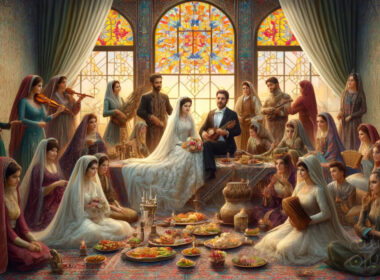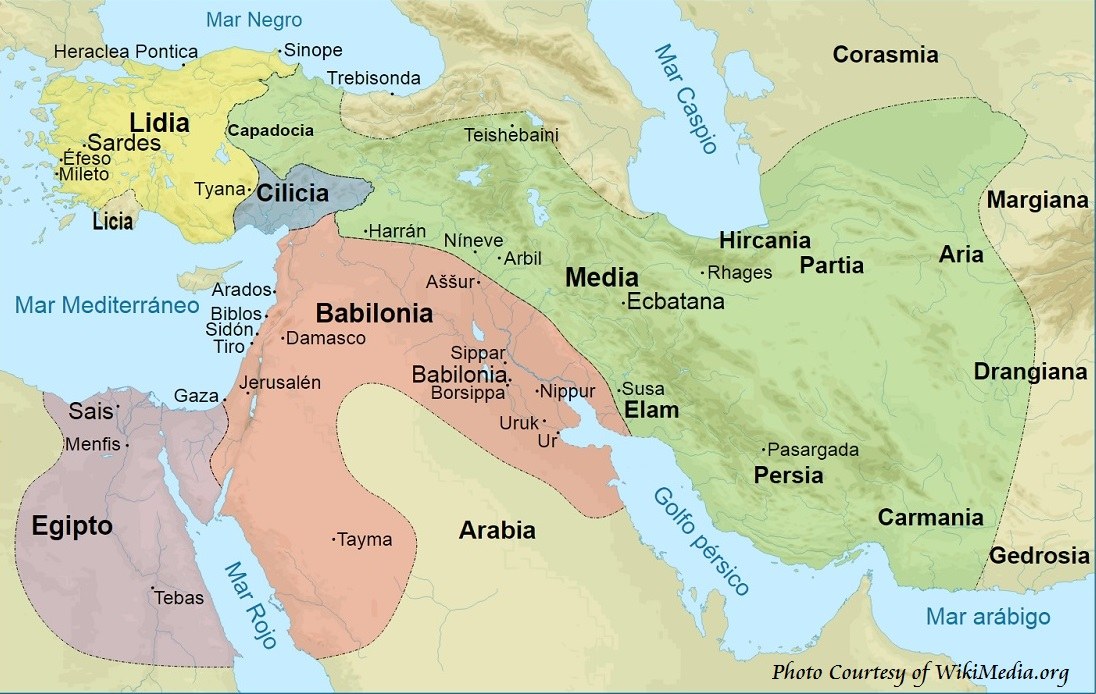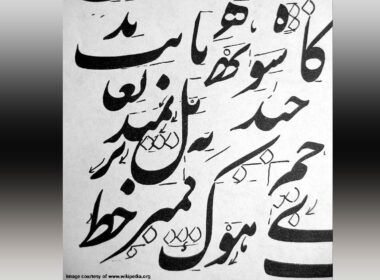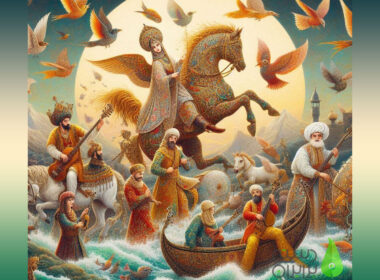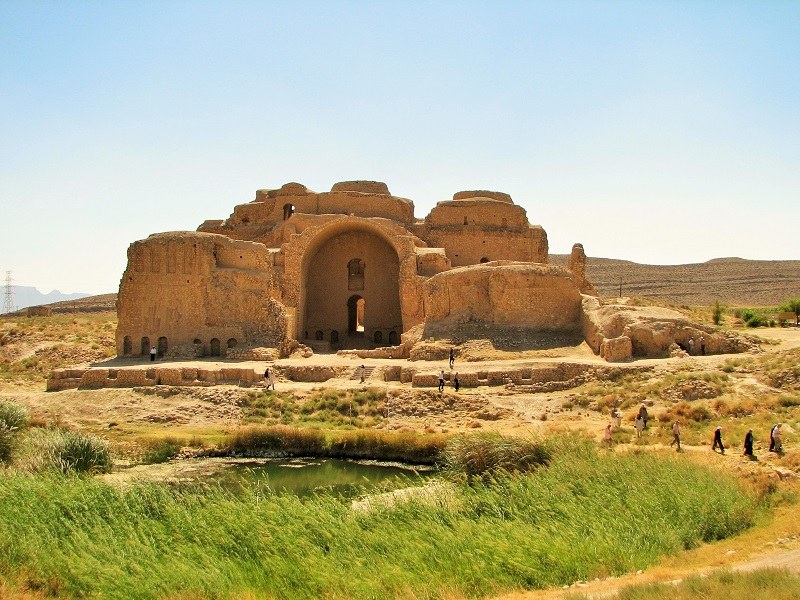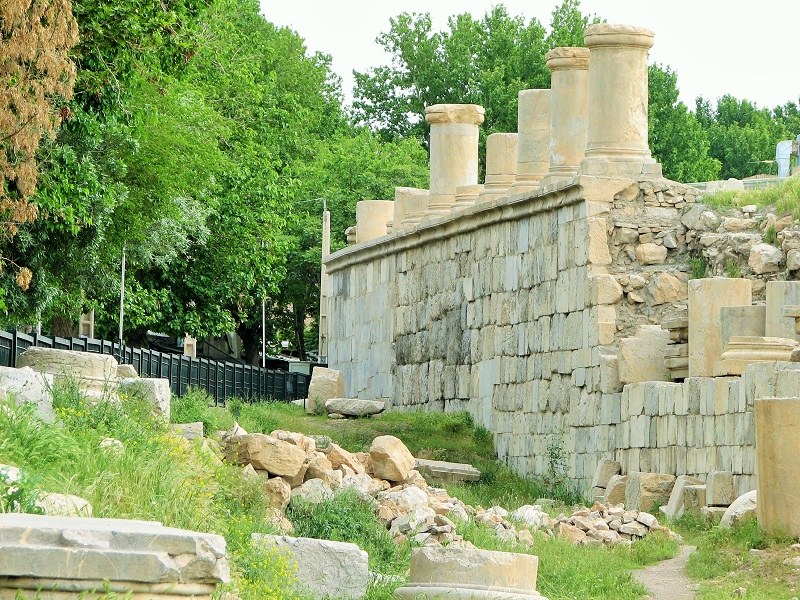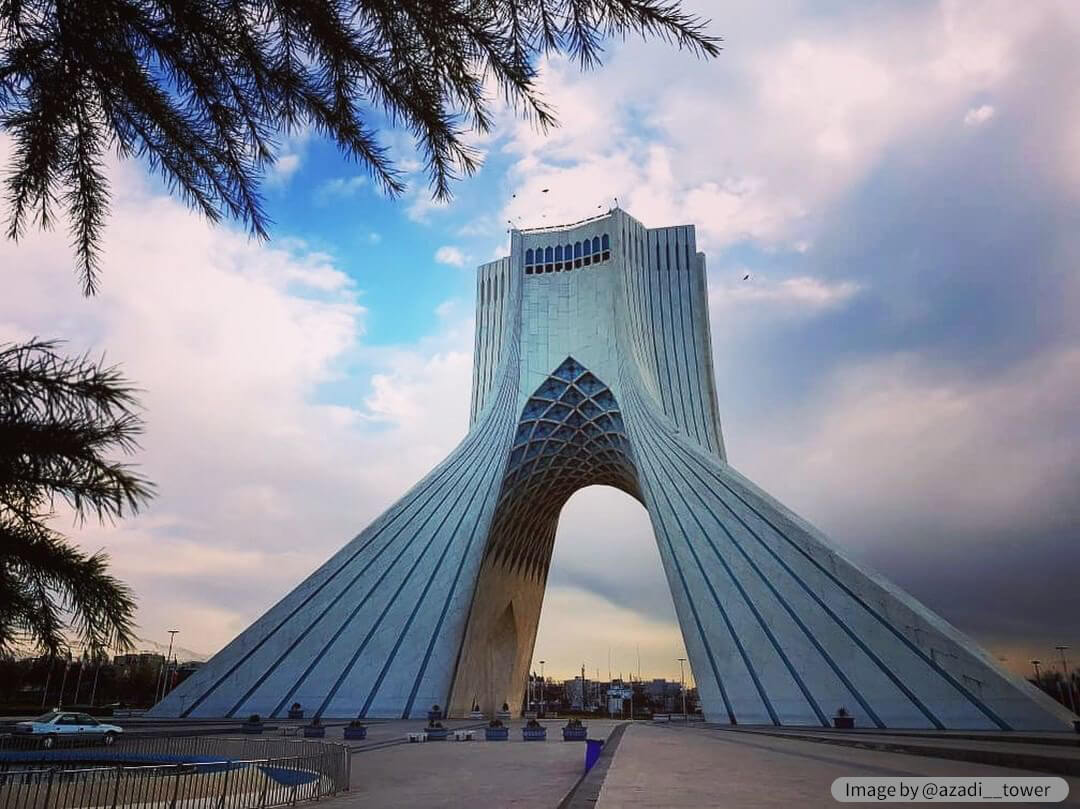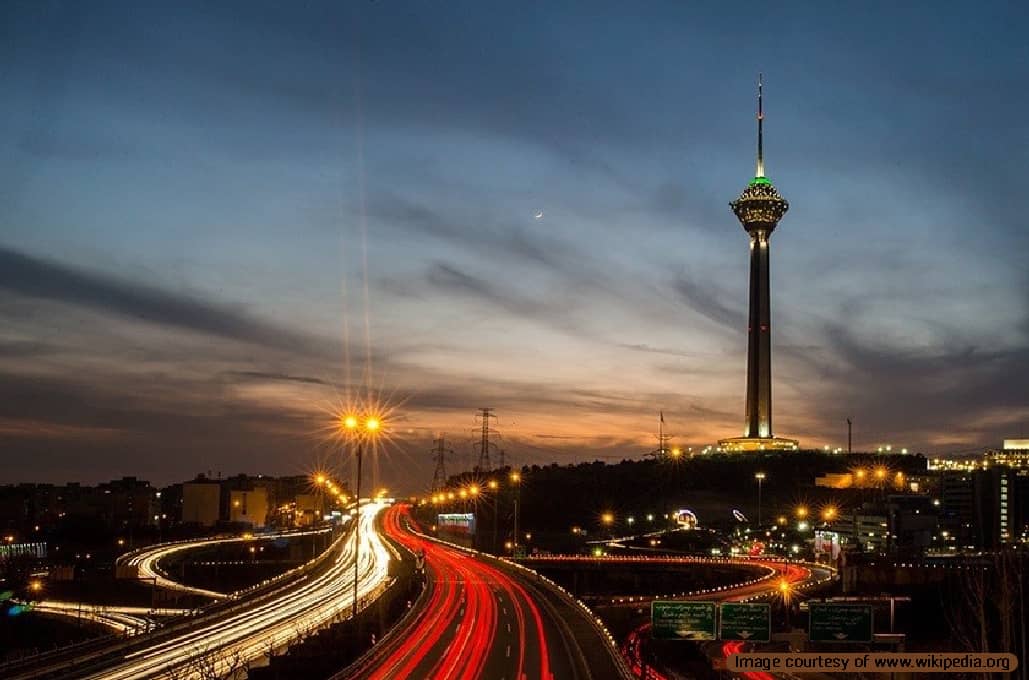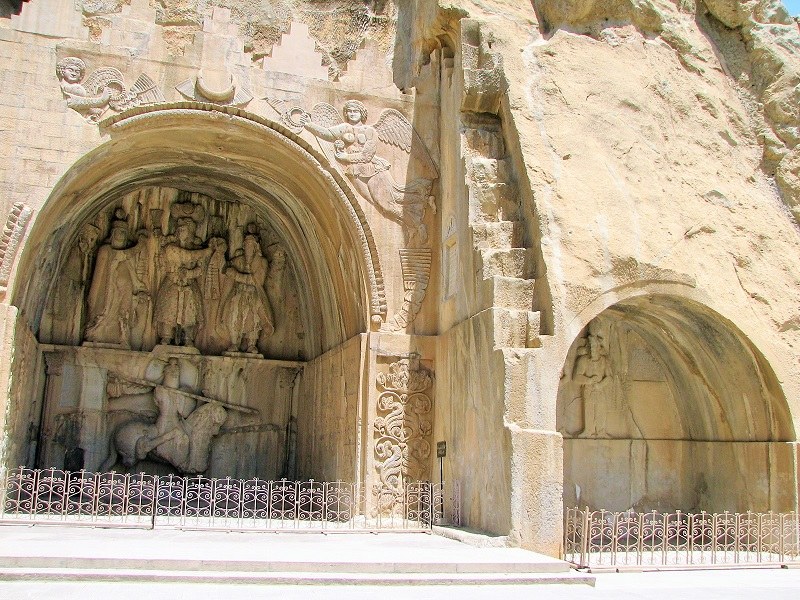
Taq-e Bostan, means “Arch of the Garden”, is one of the world’s historical masterpieces and one of the Top Iranian monuments. Taq-e Bostan is a collection of the Sassanid era’s rock carvings. This valuable collection showcases the zenith of such art under the Sassanids.
It includes several reliefs symbolic of the history of the Sassanid period. The images of such kings as Ardeshir III, Khosrow II, and Shahpour III, among the rock reliefs are gateways to the history of this region of Iran.
Location & Name of Taq-e Bostan
This valuable historic monument is located on the northern side of the city of Kermanshah, next to a beautiful fountain. Taq-e Bostan is a name derived from the name of “Taq-e Vastam”. The historical books mentioned other names for this monument; Taq-e Bisotun, Takht-e Bostan, and Shabdiz are among the other names of Taq-e Bostan.
History of Taq-e Bostan
The creation time of Taq-e Bostan is not clear. Historians and archaeologists don’t unanimously agree on the exact date of these carvings. According to the documents and the recent studies on the archaeological excavation in Taq-e Bostan, Hertzfeld, a German archeologist, believes that the creation of this monument belongs to the Sassanid era and the reign of Khosrow II (590-628). During the Sassanid era, Taq-e Bostan was a gathering center for the kings and a special point for holding their aristocratic ceremonies.
Different Parts of This Sassanid Art Monument
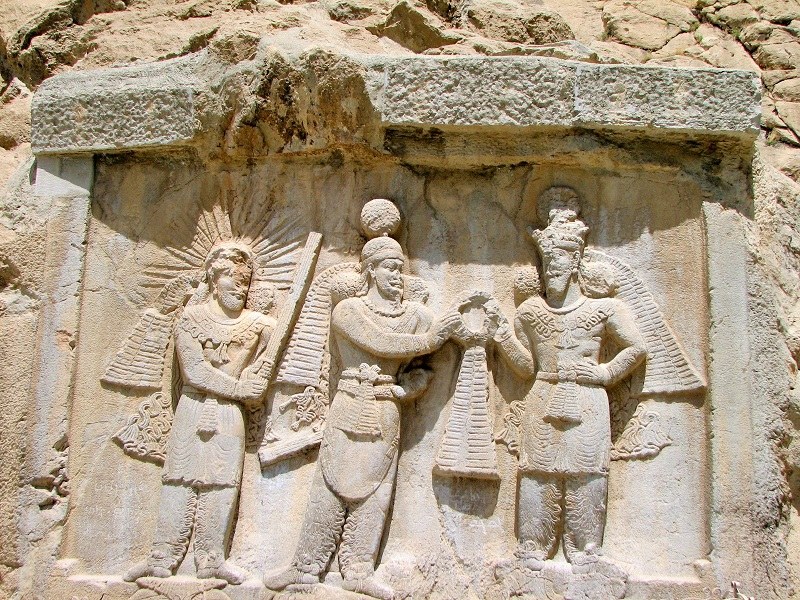
This monument, which is an art of rock carvings of the Sassanid era, is composed of different parts. Here are the main parts of Taq-e Bostan:
- Relief of crowning ceremony of Ardeshir II
- Great Arch (Taq-e Bozorg)
- Small Arch (Taq-e Kuchak)
- Relief of Mohammad Ali Mirza
Relief of Coronation Ceremonies of Ardeshir II
The first relief carved in Taq-e Bostan belongs to the time of the reign of Ardeshir II, the 9th king of Sassanid dynasty. This relief represents an agent of Ahura Mazda (the creator and sole God of Zoroastrianism), Ardeshir II and Zoroaster, from right to left respectively.
The relief of the crowning ceremony of Ardeshir II is located on the very right side of the Taq-e Bostan rock carvings. It shows the crowning ceremony of the Sassanid King in the 4th century AD.
Great Arch
Another part of Taq-e Bostan monument is the Great Arch. This arch is 9 meters high and around 7.5 meters wide. The facade of the Great Arch is horseshoe shaped and slightly recessed. The crescent of the Great Arch is a little oval. Two huge pillars on either side of the arch resemble the pillars of the ancient Roman Empire.
Small Arch
this is another section of the Sassanid rock reliefs. The size of the Small Arch is obviously less than the size of the Great Arch. It’s around 5 meters high and 3.5 meters wide.
The facade of the Small Arch is also relatively oval-shaped. The reliefs on the Small Arch of Taq-e Bostan are the motifs of Darius III and Shahpour II. In addition to these two unique reliefs, there are rock inscriptions and manuscripts remained from the Sassanid era on the arch that all represent the history of the Sassanid Empire.
Relief of Mohammad Ali Mirza: One of the carvings of this site, located on the left side of the interior part of the Great Arch, is the relief of Mohammad Mirza. It dates back to the Qajar era. This rock inscription shows the image of the Qajar king, Mohammad Ali Shah, sitting on the throne.
The relief of Mohammad Ali Mirza is the newest part of these reliefs, as it dates back to 1859 when Mohammad Ali Mirza ordered to carve the relief on top of Taq-e Bostan. It has been common throughout various historical eras that the recent rulers and kings ordered imaged and letters to be carved next to the ancient predecessors or similar to them in other places. The idea was to reconnect themselves to the glory of the past in the eyes of the people and those who saw the recent carvings.
Motifs of the Sassanid Monument
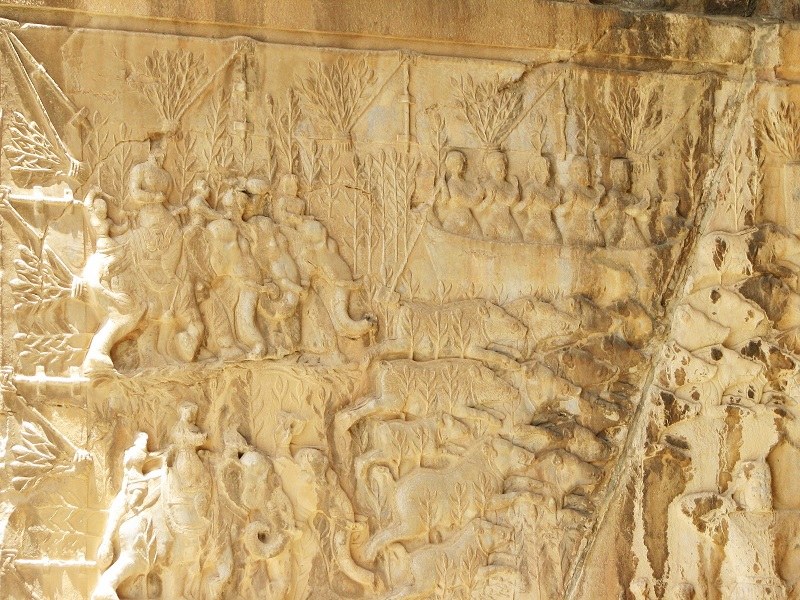
Carved and Embossed motifs and inscriptions of the Sassanid era are the reminders of the Sassanid Empire in Iran. The inscriptions narrate the dramatic histories of that time.
There are many motifs on these reliefs, the images of Sassanid kings like Ardeshir II, Shahpour and Darius III. There are embossed motifs of plants on both sides of the Small Arch. We can see the motifs of horsemen riders of the Sassanid army on the Great Arch of Taq-e Bostan.
In the other part, especially on the inner walls of the Great Arch, there are images of hunting scenes. In these motifs, the Sassanid kings are engaged in hunting deer and boar and in riding horse. In the same part, there are the motifs of elephant riders that are on the hunting scene. In the other part of this site, there are motifs of Qajar kings.
Another great motif of Taq-e Bostan is “Naqsh-e Savar Kar”. This petroglyph shows a rider wearing armor and helmet. The rider is on a hulking horse. He is the symbol of the Sassanid army. The plants with twisting foliage ornate the borders of the rock reliefs.
Why Should You Visit this Ancient and Artistic Monument?
The eternal and historic monument of Taq-e Bostan is one of Iran’s most spectacular masterpieces. The artists working on this monument have carved the inscriptions and rock carvings wonderfully and created a very stunning view. For visiting Taq-e Bostan, you need to travel to Kermanshah City.


